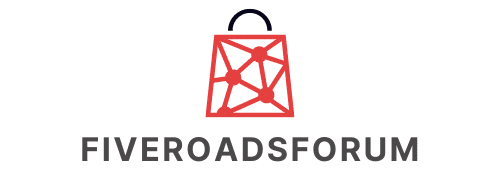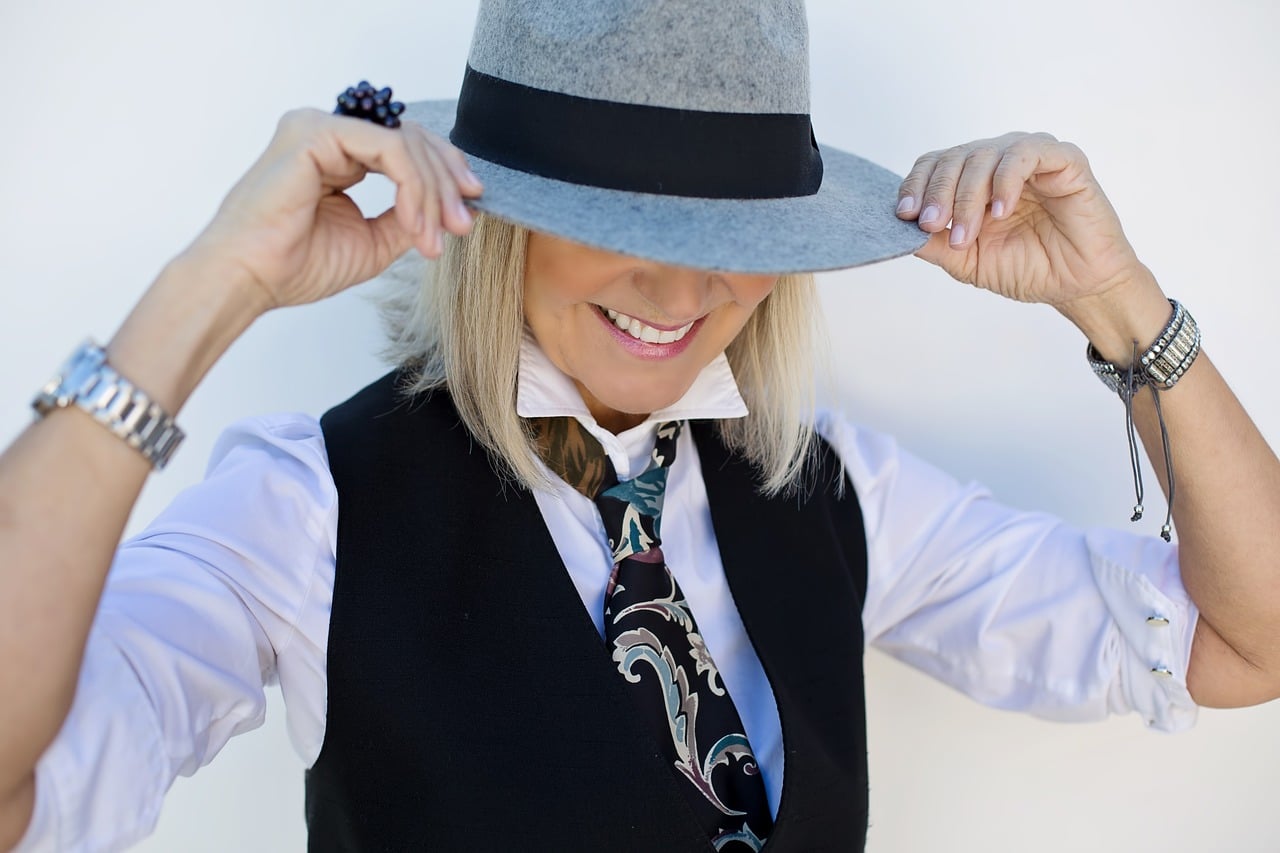The narrative of women’s workwear is one woven with threads of societal norms, gender equality, and the ever-evolving world of fashion. Through the ages, from the dawn of the 20th century to the present day, women’s workwear has undergone a drastic transformation. Fashion, as you know, is a mirror of society. It reflects the times we live in and the social changes we are undergoing. So come with us on this sartorial journey, as we delve deep into the evolution of women’s workwear.
The Early 20th Century: Modesty and Practicality
The picture of women’s workwear at the start of the 20th century was painted with strokes of modesty and practicality. Women’s work, during this time, largely revolved around home-based jobs or roles of nursing, teaching, and secretarial work. Therefore, the clothes they wore to work were reflective of their roles and societal norms of that era.
Lire également : Finding the perfect little black dress
Long dresses and skirts, typically in dark colors, were the norm. These were often paired with long-sleeved blouses, with high necklines. As for hair, it was typically worn long and tied up, out of the way. In a time when a woman’s place in the workplace was still being negotiated, the clothes they wore were designed not to attract attention but to blend in.
Post-War Era: The Introduction of Trousers
The end of World War II marked a significant shift in women’s workwear. With men off to war, women had to step into roles traditionally held by men, such as factory and farm work. This necessitated a change in attire. The long skirts and dresses of the past were impractical for such tasks. Trousers, previously considered a male-only garment, started making an appearance in women’s workwear.
A lire aussi : Mastering layering: tips for cold weather chic
This change was not only practical but also symbolic. It marked the beginning of a shift in societal norms and attitudes towards what women could do, and by extension, what they could wear. Images of women in trousers working in factories became a common advertisement during this period, further solidifying this change.
The 1960s and 70s: The Rise of Power Dressing
By the 1960s and 70s, more women were entering the workforce, and with it, office wear for women started evolving. Power dressing, a term that originated during this time, became a significant trend. The aim was to project authority and competence in a professional setting dominated by men.
The outfits typically consisted of a skirt or pants suit, often paired with a blouse. The colors were usually solid and neutral – think blacks, browns, and navies. High heels and carefully styled hair completed the look. While there was still a clear distinction between what men and women wore to work, power dressing represented a crucial step in women asserting their place in the corporate world.
The Late 20th Century: The Casualization of Workwear
As the 20th century drew to a close, casual began to creep into the corporate world. The tech boom of the 90s drastically changed work culture, and this was reflected in the clothes people wore to work. The dotcom era gave rise to a more relaxed attitude to workwear, not just for men but for women as well.
Women started wearing jeans, t-shirts, and even sneakers to work. While the shift was gradual and certainly not universal with formal attire still dominant in many industries, it marked a notable turn towards comfort and individuality in workwear.
The 21st Century: The Blending of Boundaries
In the 21st century, the line between what is considered men’s and women’s wear has increasingly blurred. In today’s time, women’s workwear includes everything from tailored suits to jeans and t-shirts. Workplaces have become more accepting of individual style expressions, and this has significantly influenced the fashion choices of working women.
The advent of work-from-home culture, especially during the recent pandemic, has further propelled the move towards comfort and functionality in workwear. Yoga pants, sweatpants, and even pajamas have found a place in the work from home wardrobe.
The evolution of women’s workwear has been a journey of challenging norms, embracing change, and striving for equality. It’s more than just fashion; it’s a reflection of the larger narrative of women’s place and role in the workforce. Through the garments they chose to wear, women have, over the decades, asserted their right to work, their right to equal treatment, and, most importantly, their right to self-expression.
The Modern Day: Remote Work and the Ultimate Comfort
The last couple of years have marked a significant tipping point in the evolution of women’s workwear, largely owing to a sweeping global shift towards remote work. According to a survey conducted in San Francisco, the majority of working women confirmed that their work wardrobe had undergone a drastic transformation since they started working from home due to the pandemic.
This shift wasn’t merely a change in where people worked but also transformed how women dressed for work. The idea of dressing for success suddenly took a backseat as comfort became the new mantra. Women began swapping their tailored suits, formal skirts, and high-heeled shoes for sweatpants, t-shirts, and slippers.
This is not to say that professional attire was completely forgotten. With virtual meetings becoming the norm, the ‘business on top, comfort on the bottom’ approach started gaining popularity. This trend saw women donning professional-looking blouses or shirts for virtual meetings while still enjoying the comfort of their pajama bottoms or yoga pants.
The shift was not merely physical but psychological as well. As per the survey, women reported feeling less pressure to conform to traditional dress codes and felt more at ease expressing their personal style. This newfound comfort and freedom in workwear have significantly impacted women’s confidence and productivity, implying that the way women dress for work has a profound impact on their performance and self-perception.
Conclusion: The Future of Women’s Workwear
Looking back at the evolution of women’s workwear, it’s clear that the changes in what women wore to work were not merely about fashion trends. Instead, they were reflections of larger societal shifts, changes in work culture, and milestones in the quest for gender equality.
Today, women continue to challenge and redefine societal norms and expectations through their sartorial choices. From the conservative long dresses and skirts of the early 20th century to the comfortable yet stylish attire of remote work, women’s workwear has come a long way.
The future seems to favor an amalgamation of style, comfort, and individuality. As workplaces continue to evolve, so will the concept of what constitutes appropriate workwear. The focus will continue to shift towards creating a conducive environment that encourages productivity and creativity – and fashion will undoubtedly play a significant role in that.
As we continue reading the story of women’s workwear in the coming years, it’s safe to say that the narrative will keep evolving, reflecting not just the changing fashion trends but also the shifting dynamics of women’s roles in the workforce. Women in cities as diverse as San Francisco, Southern Nevada, or Tokyo, are likely to continue shaping their own definitions of dress for success.
The evolution of women’s workwear is a testament to the resilience, adaptability, and indomitable spirit of women. It’s a vivid reminder that the clothes women wear to work are more than just fabric and thread – they are symbols of empowerment, freedom, and self-expression.











